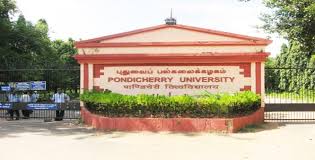Understanding the Vyapam Scam: A Deep Dive

Introduction to Vyapam
The Vyapam scam, also known as the Madhya Pradesh Professional Examination Board scam, has emerged as one of the largest examination scandals in India. Spanning over several years, this controversy has raised significant questions regarding corruption in India’s educational system and governance. It highlights the vulnerabilities within the examination process and the desperate lengths to which individuals might go to secure educational opportunities.
Background and Timeline of Events
The scam came to light in 2013 when irregularities were reported in various examinations conducted by Vyapam. Initially, the allegations pointed towards manipulation in various exams, including those for medical and engineering colleges, as well as recruitment tests. The investigations revealed a nexus involving politicians, bureaucrats, and private individuals who conspired to facilitate cheating and favor candidates. In total, thousands of candidates were involved, making this one of the largest educational frauds in India.
Investigations and Revelations
Multiple investigative agencies, including the Central Bureau of Investigation (CBI), were summoned to probe the matter after initial investigations by local authorities proved ineffective. The scandal not only exposed the deep-seated corruption within the examination system but also led to a series of unfortunate events, including mysterious deaths of various witnesses and whistleblowers, fueling speculation about the extent of the cover-up. Over 2,000 individuals were arrested and charges were brought against many high-profile politicians, causing widespread outrage and a demand for accountability.
Impact on Education and Governance
The Vyapam scandal has far-reaching implications for both education and governance in India. It underscored the pervasive issue of corruption that stymies the fairness and integrity of educational assessments. This has led to a loss of trust among students and parents alike regarding the credibility of institutional examinations. Furthermore, governance was also impacted, necessitating reforms to curb such malpractices in future.
Conclusion and Future Outlook
As the dust settles on the Vyapam scam, it serves as a crucial learning point for policymakers and educators. It highlights the urgent need for stringent reforms in the examination system to ensure transparency and fairness. Moving forward, the focus must be on enforcing stricter regulations and employing technology to detect and prevent similar instances of corruption. For readers, this scam serves as a reminder of the importance of vigilance in governance and public services to protect the integrity of the educational landscape in India.









